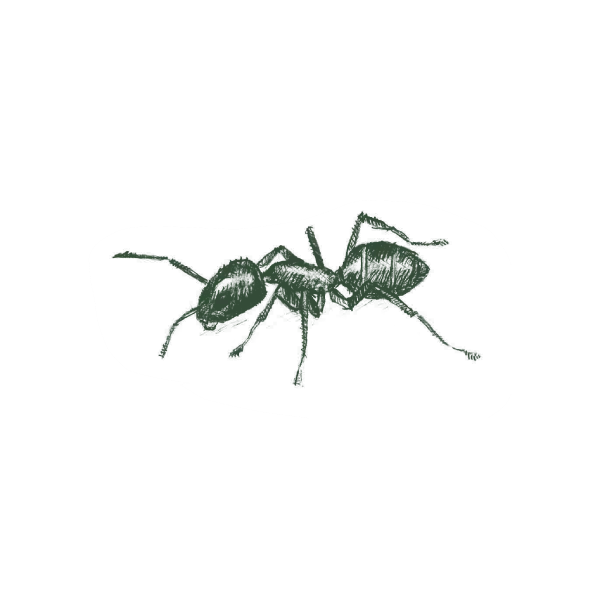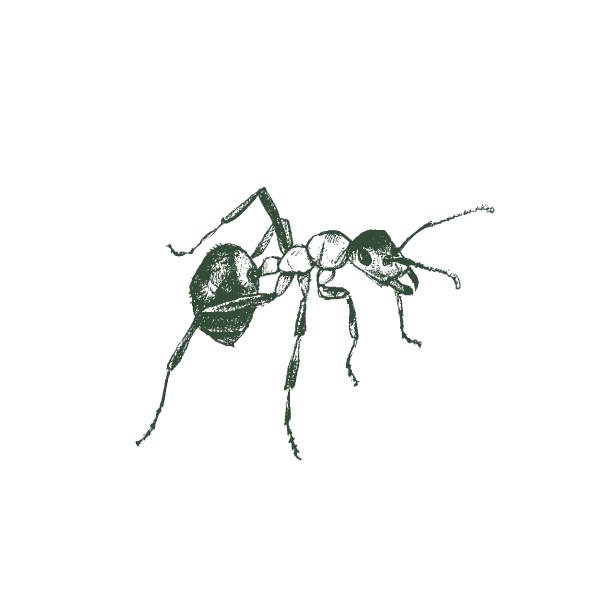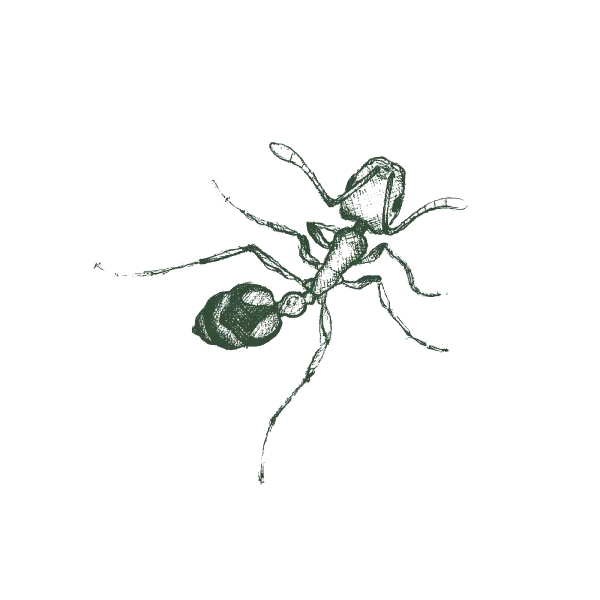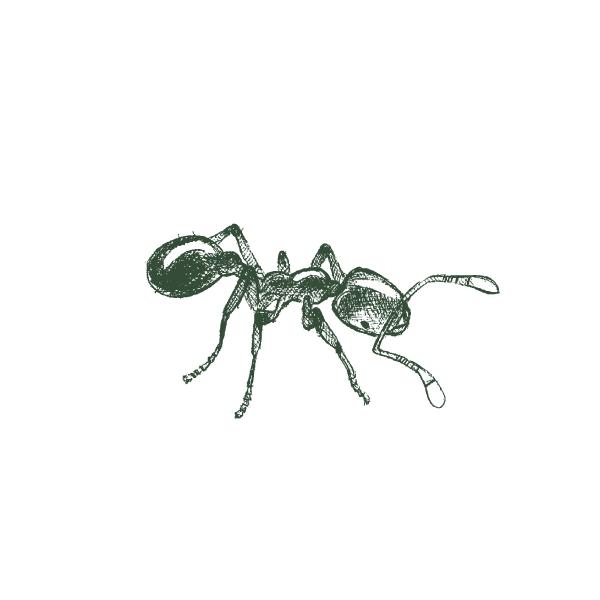The Essential Guide to Ants: Facts, Behaviors & Identification Tips
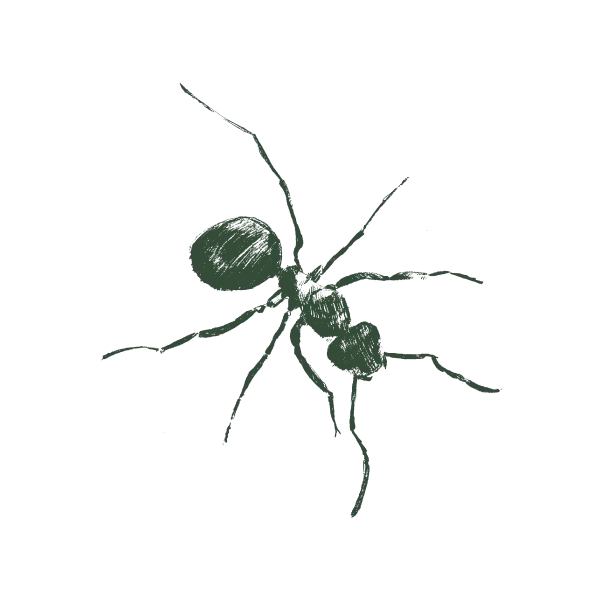
What do ants look like?
Adult ants species come in a variety of shapes and sizes but each will be one of three different colony castes; queens, workers or males. Queens are fertile females that lay all the eggs in a colony. Workers are wingless females that gather food, feed larvae, maintain the nest, defend the colony, and do not reproduce. Male ants are winged and their only job is to mate with the queens during the swarming process.
Types of ants
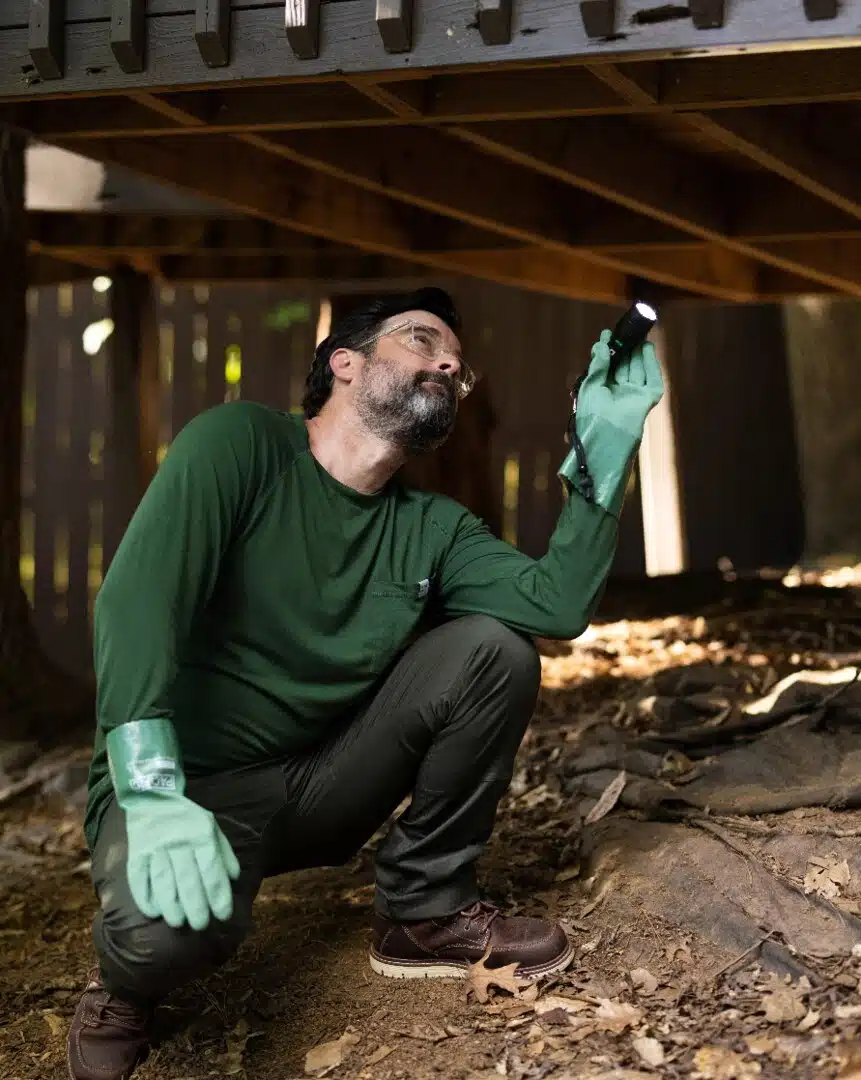
Treatment
How we treat ants
At Aptive Environmental, we provide tailored solutions to address pest issues effectively. Our expert team conducts comprehensive assessments to identify problem areas and implement targeted treatments. For ant-specific issues, our ant control strategies focus on understanding ant behavior and habitat. To discover how we can help you, find a location near you and experience our exceptional service.
Ants FAQ
Learn more about ants
Contact us.
Aptive experts are in a city near you. Call us anytime.
Find a branch.
Aptive experts are in a city near you. Search for your zip code find a branch near you.
Get a quote.
Aptive experts are here to help you build a personalized pest plan based on your needs.
